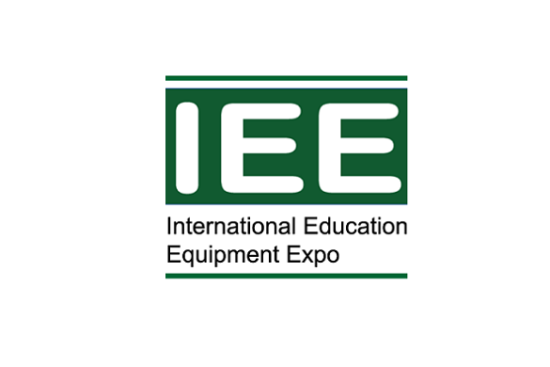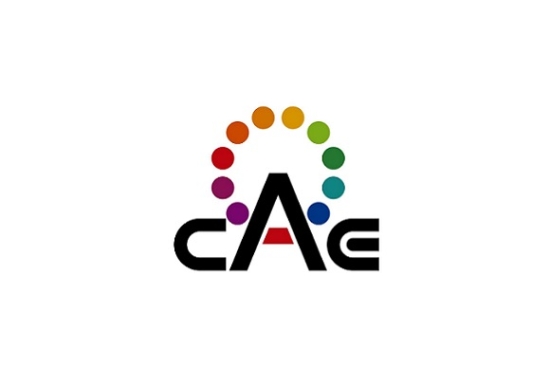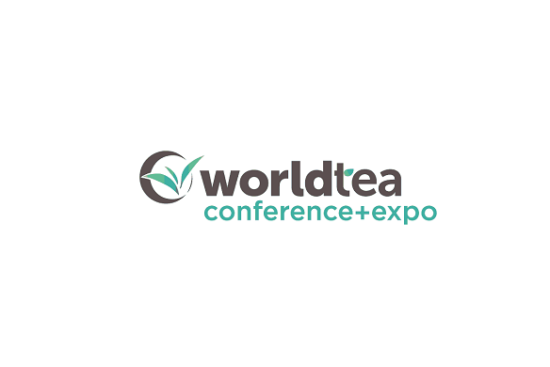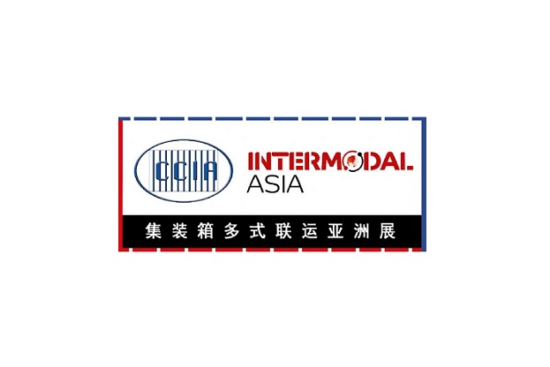
The manufacturing industry has always been dynamic, subject to various economic, political, and technological changes. Two strategies that have had a significant impact on the manufacturing industry are reshoring and offshoring. Both approaches have their own financial and strategic implications, making the choice between them very complex. In this article, we will delve into the complexity of reshoring vs. offshoring, exploring their benefits, challenges, and factors that influence a company’s decision to choose one over the other.
Also read: Can reshoring of manufacturing usher in a new era of supply chain resilience?
Understanding Offshoring
Offshoring, the movement of manufacturing operations to countries with lower labor costs, became popular in the late 20th century as companies looked to reduce expenses and increase profit margins. China and other countriesIndia and Mexico have become major locations for offshoring due to their relatively low wages, skilled labor force and favorable trade policies.
Financial benefits of offshoring
The main financial advantage of offshoring is lower labor costs. Manufacturing wages in developing countries can be much lower than in developed countries, allowing companies to save on one of their biggest expenses. In addition, offshoring can lead to economies of scale, as mass production in low-cost areas can further reduce unit costs.
Tax breaks offered by host countries can also make offshoring financially attractive. Many governments offer tax breaks, subsidies, and other incentives to attract foreign companies, which can result in significant savings.
Strategic Advantages of Offshoring
In addition to cost savings, offshoring offers strategic advantages such as access to new markets. Establishing operations in a foreign country can facilitate market entry, allowing companies to more easily sell products in the region. Proximity to raw materials and supply chains is another advantage, as it can reduce shipping costs and delivery times.
Challenges of Offshoring
While offshoring has many benefits, it also presents significant challenges. One of the main issues is the loss of control over the manufacturing process. Distance makes it difficult to monitor production quality and ensure standards are met. IP risks also increase when doing business in countries where IP enforcement is less stringent.
Cultural and language barriers can create communication barriers, leading to misunderstandings and delays. In addition, political instability and changes in trade policies can create risks that are difficult to predict and manage.
Understanding Reflow
Reshoring or localization refers to bringing manufacturing operations back to a company’s home country. This trend has gained momentum in recent years, driven by a variety of economic and geopolitical factors. More and more companies are beginning to reassess the long-term viability of offshoring and consider the benefits of manufacturing closer to home.
Financial impact of reshoring
Comparing reshoring to offshoring, reshoring may result in higher labor costs, but it offers several financial benefits that can offset these expenses. Reduced transportation costs are a significant advantage, as manufacturing closer to the end market can reduce shipping expenses and delivery times. In addition, Reflow can bring savings Inventory costs, as shorter supply chains allow for more efficient inventory management.
Another economic benefit is the potential for automation. Advanced manufacturing technologies such as robotics and artificial intelligence can increase productivity and reduce labor costs. Investing in automation can make reshoring economically viable, even in areas with higher wages.
Alternative text: Photos of MasterCard and Visa cards
Image caption: The financial and strategic impact of reshoring always comes down to higher labor costs
Strategic advantages of reshoring
Reshoring brings strategic advantages This can increase a company’s competitiveness. Improved quality control is a big advantage, as proximity to manufacturing plants allows for better supervision and faster response to issues. Strengthened intellectual property protection is another advantage, as companies can better protect their innovations and technologies within the legal framework of their home country.
Reshoring can also improve customer satisfaction. Faster delivery times and the ability to respond more quickly to market changes can enhance the customer experience. In addition, reshoring can enhance a company’s reputation by demonstrating a commitment to the local economy and creating jobs.
The Challenge of Reshoring
Despite the many advantages of reshoring, there are challenges. Rising labor costs remain a significant issue, especially for labor-intensive industries. Companies must also invest in new facilities, technology, and training, which can require significant upfront capital.
Another challenge is the supply of skilled labor. While reshoring can create jobs, it also requires a workforce with the skills necessary to operate advanced manufacturing technologies. This may require investments in education and training programs to build a capable workforce.
Alternative text: Cones of various colors placed on a whiteboard
Image caption: Lack of skilled labour is one of the main challenges
The financial and strategic impact of reshoring and offshoring
Whether to reshoring or offshoring is a complex decision that requires careful consideration of a variety of financial and strategic factors. Both approaches have their own advantages and challenges, and the right choice depends on the company’s specific circumstances and goals.
By thoroughly analyzing the financial and strategic impacts, benefits, and potential challenges of each option, companies can make informed decisions that align with their long-term goals. Whether reshoring, offshoring, or taking a hybrid approach, the key is to remain agile and responsive to the changing global manufacturing landscape.
Meta description: Explore the financial and strategic impacts of manufacturing reshoring vs. offshoring. Discover the benefits and challenges.
KW: Reshoring and Offshoring
About the Author: Taylor Starke is an experienced blogger and industry analyst who has miamimoversforless.comis a leading moving company specializing in efficient and affordable relocation services. Drawing on her extensive experience, Taylor covers topics such as logistics, moving services, and the financial and strategic impacts of various business practices. She is passionate about providing readers with valuable insights and practical advice.
Images used:
https://www.pexels.com/photo/women-working-in-a-sewing-factory-4492077/
https://www.pexels.com/photo/close-up-photography-two-brown-cards-259200/
https://www.pexels.com/photo/close-up-photography-of-yellow-green-red-and-brown- Plastic-cones-on-white-lined-surface-163064/











Leave a Reply Cancel reply
You must be logged in to post a comment.